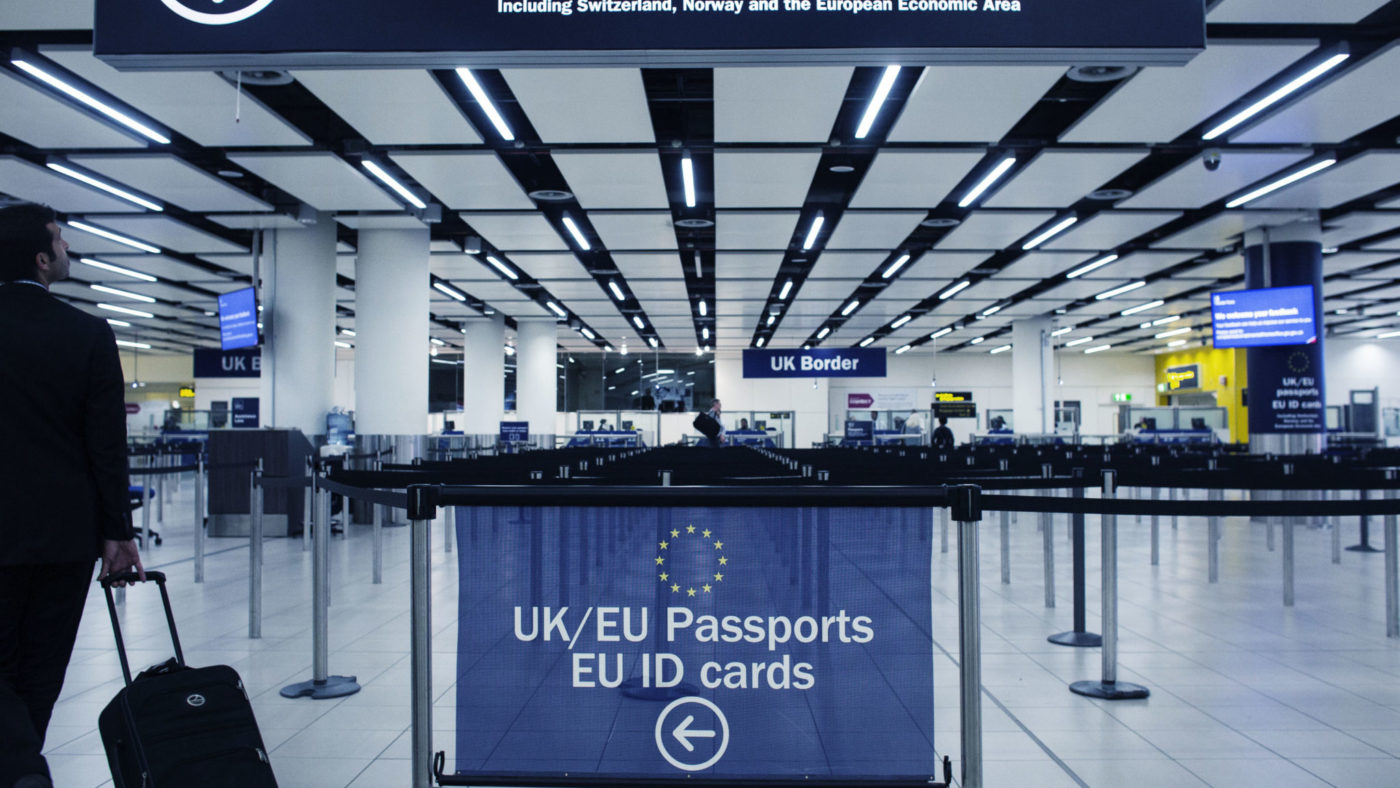Immigration has been one of the most contentious political issues of recent times. In its long-awaited White Paper published this week, the government set out its plans for the system once free movement with the EEA ends.
But what do British voters actually think about it? It’s fair to say that, as a whole, they have never been particularly keen, even when its level was low. In 1964, when there was net emigration according to ONS data, the British Election Study (BES) asked: “Do you think too many immigrants have been let into the country, or not?”. By 83 per cent to 12 per cent, respondents thought there had been too much immigration.
In 1979, when emigration and immigration levels were roughly equal, the results were unchanged (82-13). By 2015, net migration was at its all-time high of 332,000 per year, yet the balance of opinion had narrowed to 72-22. And by 2017, with net migration slightly lower, but still at its third highest annual total ever, the BES reported a reading of 62-31.
What can we conclude from this? It is undoubtedly true that 62 per cent remains a substantial majority, and that a 21 per cent swing over the series, though large, isn’t as large when you consider that it took more than 50 years. (It could be also overstated, if the social desirability bias associated with studies such as the BES cross-section has increased compared with half a century ago).
But by the same token, the change of time could be understated, too. This long term shift in the balance of opinion – from a ratio of seven-to-one to one of two-to-one – has occurred while the level of net migration has increased from zero to near enough an all-time high. Therefore a question referring to levels of immigration could in fact understate the change in attitudes towards immigration in general.
Moreover, the biggest changes have been in last two or three years. This is not only the basis of the latest BES reading, but is also backed up by various other work, including the BES online panel and other conventional polling.
But is this simply about polarisation, with Remainers aligning their views on migration with their support for EU membership (and by extension, free movement of people) while Leavers dig their heals in? After all, attitudes to immigration were a very strong predictor of how someone voted in 2016. In the 2017 BES, a majority (55 per cent) of Remainers thought immigration had not been too high, while an overwhelming majority (87 per cent) of Leavers thought it had.
It doesn’t seem to be – the BES online panel shows similar increases in attitudes among both Remain and Leave voters. So while attitudes already were – and continue to be – heavily polarised along EU referendum vote lines, polarisation doesn’t seem to explain the change in attitudes since the UK voted for Brexit.
Immigration was, of course, a much-discussed issue in the referendum itself. Since then, it appears to have fallen in salience – in other words, how important people feel it is as an issue. As a concept, salience can be tricky to measure, because the importance of one issue isn’t independent of what else is going on. For example, the economy is almost always a big issue when it’s bad, much like Brexit consumes everything at the moment.
The timing of these two trends – the reductions in both hostility and salience – have prompted suggestions that they result from the referendum convincing people that Brexit would deliver lower immigration. That is certainly plausible, and has featured in debate around Britain’s future relationship with the continent.
But that isn’t what the data says. Analysis of the BES data by Rob Ford suggests both that people expect lower levels and greater control of immigration post-Brexit, and that across levels of expectation, views on immigration have been more favourable.
It seems, then, that Brits genuinely have become more positive (or rather, less negative) towards historically high levels of immigration. And that trend could continue further – among under-25s, similar numbers think immigration has been too high as think the opposite, while among over 75s “too high” has a lead of over 60 points (although this has narrowed recently among all age groups).
That leaves open the question of why the shifts in the last couple of years have occurred. It could be that attitudes have changes as the issues have become more freely debated since the EU referendum, and that supporters of immigration have had some success, but that is hard to test.
Britain looks set to regain control of immigration just as the political value of that control hits an all-time low.


